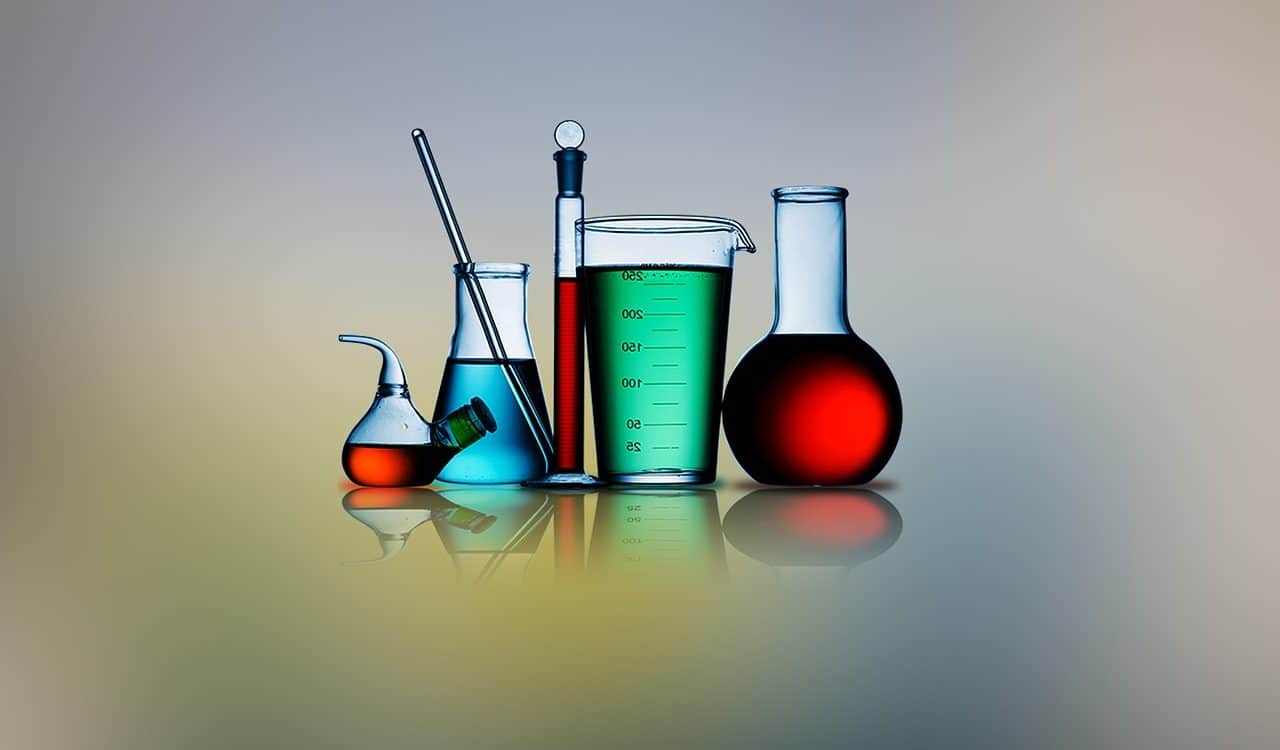
A substitution reaction is a type of chemical reaction.
The substitution reaction is the process that occurs when, in a compound, one atom or a group of atoms is replaced by another. This means that, through the reaction , one element displaces another element in the compound.
It should be noted that a chemical reaction occurs when two or more substances interact and acquire different properties due to alterations in their structure and bonds. With these changes, a substance that is called a reactant is transformed into another substance whose properties are different. The result of the reaction is called the product .
There are different kinds of reactions. Due to its characteristics, the substitution reaction is also known as a displacement reaction .
Etymology of the concept
To understand the meaning of the notion, it is important to determine the etymological origin of the words that give it shape. In this case, it is the following:
- Reaction derives from Latin and is the result of the addition of the prefix re- , which means “backwards” , and actio , which in turn emanates from the verb agere ( “to make” ).
- Substitution also comes from Latin, specifically substitutio , which is equivalent to “effect or action of putting something or someone in the place of another.” This Latin word is made up of three defined parts: the prefix sub- ( "under" ); the verb statuere ( "to place" ); and the suffix -ción ( “action and effect” ).

There are different kinds of substitution reactions.
Types and examples of substitution reactions
There are two main types of substitution reactions:
- Simple substitution , which is when a simple substance reacts with another compound, replacing one of its components.
- Double substitution or metathesis , characterized because the exchange occurs between two different compound elements , giving rise to new substances.
If the reaction proceeds with ionic compounds in solution, an exchange of cations and anions occurs. In this case, the substitution reaction is a metathesis .
An example of a substitution reaction occurs when copper is immersed in silver nitrate. Copper displaces silver atoms, giving rise to a specific compound ( copper nitrate ).
Bromine and chlorine can also generate a substitution reaction. In this operation, chlorine replaces bromine. This reaction can be schematized with the following formula: Cl2 + NaBr -> NaCl + Br2
All this without overlooking that the reactions can be, depending on their mechanism, of the monomolecular or bimolecular nucleophilic class.
Other considerations
The atoms that enter the substrate (the molecule that hosts the substitution process) are known as the incoming group , while the atoms expelled from said place are called the leaving group. What results from the substitution reaction is the product .
In addition to all of the above, therefore, we have to emphasize that the substitution reaction is fundamentally divided into four stages that are defined by the prominence of the substrate, the entering or reactive group, the leaving group and the product.
